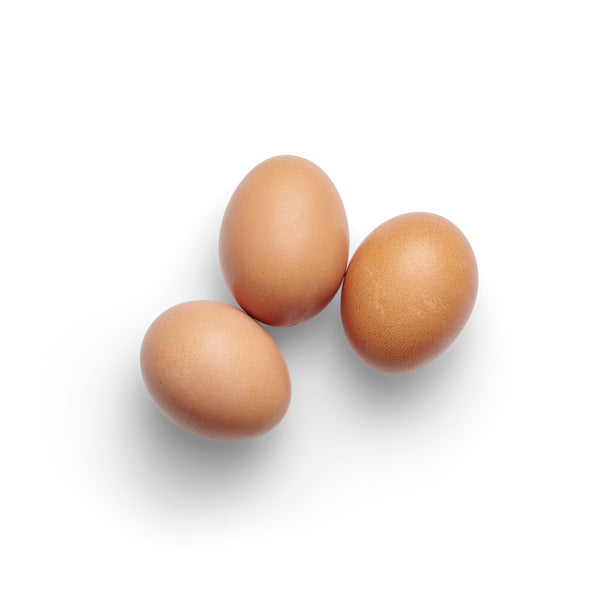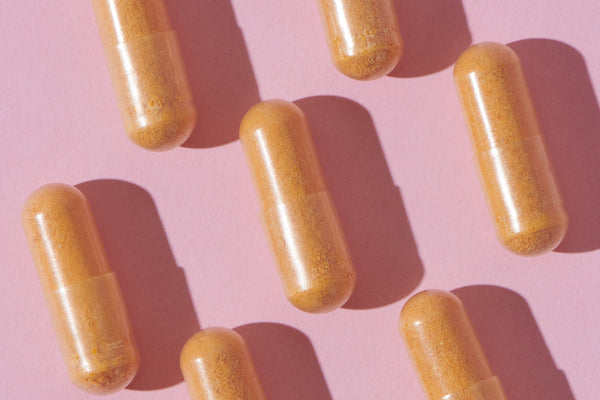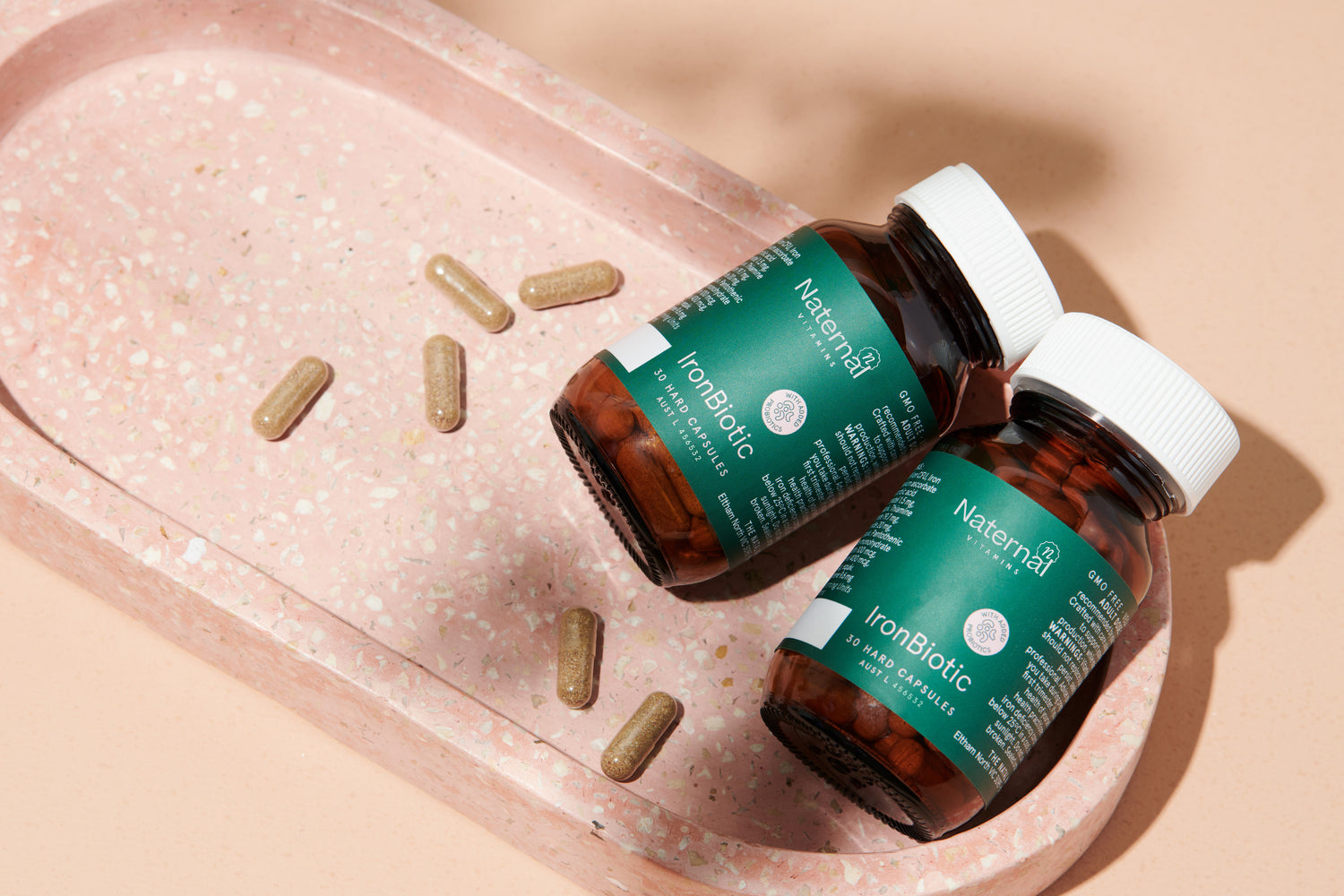Jump to:
For some women, making one simple dietary change can have a surprising impact on their menstrual health: eliminating certain types of dairy.
Many who experience premenstrual or menstrual symptoms such as bloating, fluid retention, headaches, breast tenderness, anxiety, or even severe cramps, may find relief by removing conventional dairy products from their diet — particularly those containing A1 casein.
The Role of A1 Casein and Inflammation
A1 casein is a type of protein found in milk from most common dairy cows. When digested, A1 casein can break down into a peptide called beta-casomorphin-7 (BCM7). For some individuals, BCM7 may trigger inflammation in the body. This happens because BCM7 can activate mast cells — part of your immune system — leading them to release histamine and other inflammatory chemicals.
Histamine isn’t just involved in allergic reactions; it also plays a role as a neurotransmitter, potentially affecting mood and anxiety levels. This may help explain why some women experience not only physical symptoms like bloating or headaches but also emotional symptoms such as anxiety, brain fog, and mood swings around their period.
Not All Dairy Is Equal
It's important to know that not all dairy contains A1 casein. Milk from goats, sheep, buffalo, and some cow breeds like Jerseys naturally contains only A2 casein, which doesn’t break down into BCM7 and is less likely to trigger inflammatory reactions in sensitive individuals.
In Australia, you can easily identify A2 dairy products, as they are clearly labeled and contain only A2 casein.
Interestingly, not everyone is sensitive to A1 casein. Studies suggest that nearly half the population may not produce BCM7 in significant amounts and therefore don't experience the same inflammatory response. This is why eliminating A1 dairy may help some women but not others.
Who Might Benefit From Reducing A1 Dairy?
If your menstrual symptoms include:
-
Fluid retention
-
Hives or itching
-
Headaches or migraines
-
Breast tenderness or pain
-
Anxiety, brain fog, or mood swings
-
Nausea or digestive upset
-
Heavy periods or severe cramps
— reducing or eliminating A1 dairy could be worth considering.
This approach is particularly relevant for women whose symptoms may be linked to mast cell activation or histamine sensitivity. Since mast cells are present in the uterine lining and breast tissue, inflammation in these areas can directly impact menstrual symptoms.
How to Try an A1 Dairy-Free Trial
If you're considering this dietary approach, consistency is key. To properly evaluate whether A1 casein may be contributing to your symptoms:
-
Completely eliminate A1 dairy: This includes conventional cow’s milk, yogurt, cheese, ice cream, and most commercial dairy products.
-
Allow at least 3 full menstrual cycles: Inflammation and mast cell sensitivity may take time to settle. A minimum of three cycles will give you the best indication of whether this change is helping.
-
Choose A2 dairy or alternatives: Goat, sheep, buffalo, or A2 cow milk products are generally safe for those sensitive to A1 casein.
-
Avoid lactose-free dairy: These products still contain casein and may continue to trigger symptoms.
Note: Foods like butter, ricotta, and some whey proteins are often tolerated due to their very low casein content, but individual responses can vary.
Evaluating Your Progress
After your three-cycle trial, take time to reflect on any changes you’ve experienced:
-
Has your premenstrual bloating or breast tenderness improved?
-
Are your headaches or migraines less frequent?
-
Do you feel less anxious or irritable leading up to your period?
-
Have your cramps or menstrual flow become more manageable?
If you notice significant improvements, you may have uncovered a valuable tool to better manage your menstrual health — all by making a targeted change to your diet.
Always consult with a healthcare practitioner before making significant changes to your diet or managing menstrual or hormonal symptoms.






